The question is: What will be taught? As much as I believe in the value of closing your bedroom door at night, and closing the door between you and a fire, I think the most important thing that can be taught in this moment is that the annual fire door assembly inspections – required by code in most jurisdictions in the U.S. – will save lives.
For at least a dozen years, the model codes and referenced standards have required fire door assemblies to be inspected each year, with the inspections documented and saved for review by the Authority Having Jurisdiction (AHJ). But some jurisdictions are not yet enforcing these 3rd-party inspections. The expense of documenting the deficiencies – as well as repairing them – can be a barrier.
When it comes to fire doors, we should not rely only on the mantra, “Close the Door, Close the Door, Close the Door.” In addition to raising awareness about the protection provided by doors, every fire door assembly should be inspected annually – as required by current codes – and deficiencies repaired without delay. This is the best way to ensure that fire doors will function as designed and tested if a fire occurs.
I remember speaking with a fire marshal in New Jersey a few years ago, who was excited that their state fire code would soon be requiring annual fire door inspections. Rather than lamenting the time, effort, and cost required, he viewed it as a valuable tool for him to use to positively impact fire safety. These inspections are not intended to be the responsibility of the fire inspector. There are trained inspectors who specialize in fire door assemblies, and having an inspection done is the responsibility of the building owner.
The teachable moment here should be used to encourage consistent enforcement of the annual fire door inspection requirements. Code-compliant fire doors save lives. And how do you ensure that the fire doors are code-compliant? Have them inspected by a qualified fire door inspector, and repair the deficiencies.
For more information about fire door inspection, you can order the laminated cards below by clicking on the image and filling out the request form. There are additional articles about the Bronx fire below. I will continue to share information as I have it.
~~~
ABC7: Paterson, N.J. steps up building inspections, fire safety awareness following Bronx fire
Karen Dejesus, 54, an 18-year resident of the building, told USA Today that her doors didn’t close automatically — and that she didn’t know whether any of the doors closed. Cookie Dennis, 72, a third-floor resident who has lived there for nearly three decades, told the New York Post that she also has been concerned with her safety door.
“My door doesn’t self-close and never has,” Dennis said. “I have lived here 27 years, and I don’t ever remember the door closing by itself; you have to close it yourself.”
Nigro pleaded for apartment residents in the city to be aware of whether their self-closing doors are working.
“If you’re in a building, an apartment building that has self-closing doors, make sure it works, and if it doesn’t, please point that out,” he said.
~~~
Similar to smoke detectors or stove-knob covers, the city does not routinely inspect self-closing doors to individual apartments, meaning that landlords and tenants are often the only defense mechanisms against this fire-spreading hazard, officials said.
“If no one’s enforcing on a somewhat regular basis or if tenants aren’t reporting a problem, or if tenants themselves are the ones manipulating it to make it just easier for them to leave the door open . . . those are some of the variables we can’t account for in government,” Councilmember Joe Borelli, who sponsored the 2018 bill that made self-closing doors a city law, told City & State.
“It’s not something that is required to be inspected regularly like an HVAC unit . . . there’s not much of a way to comply with this rule unless tenants file a complaint or if (the Department of Housing Preservation and Development) or (Department of Buildings) is there on another call,” he said.
~~~
PIX11: Deadly Bronx fire: Survivors file lawsuit seeking $1 billion in damages
Another lawsuit was filed against city authorities, accusing them of giving “lip service” to safety and fire issues, allegedly making them responsible for the injuries and deaths, as well.
The lawsuit claims the city’s Department of Buildings is responsible for ensuring self-closing doors in buildings are operating, but the agency “failed in every way” to ensure the building was properly maintained and doors were in good working order.
Spring-loaded hinges that were supposed to shut the door automatically did not work. A second door left open in a stairwell higher up acted as a flue, sucking smoke upward and through the building. New York City’s chief medical examiner told NewsNation that smoke inhalation was the cause of death for all those killed.
~~~
NY Post: Bronx fire dad’s anguish: I pushed door so far open saving my daughter, it stuck
~~~
ABC News: A glance, then grim truth for brother of Bronx fire victim
At the time of the 1986 blaze, the fire official wrote, automatic fire sprinklers in the trash compactor shaft and compactor room had been turned off. A self-closing door to the compactor closet on one floor had been wedged open and the door to a stairway on another floor had been left open to increase air flow.
The “combined effect of bypassing these safety devices contributed to the severity of the subsequent fire,” Deputy Chief James Murtagh wrote in the publication.
The deputy chief blamed “ignorance, carelessness or lack of understanding, with disastrous results.”
~~~
NBC New York: Deadly NYC Fire Victims All Killed by Smoke; 1st Photos Capture Charred Horror
Glenn Corbett, a fire science professor at John Jay College in New York City, said closed doors are vital to containing fire and smoke, especially in buildings that do not have automatic sprinkler systems.
“It’s pretty remarkable that the failure of one door could lead to how many deaths we had here, but that’s the reality of it,” Corbett said. “That one door played a critical role in allowing the fire to spread and the smoke and heat to spread vertically through the building.”
A working smoke alarm was present. Many heard smoke alarms blaring through the huge apartment building that deadly day. They thought they were false alarms.
A similar issue happened with a door on the 15th floor. Both were fully open even though they should have closed automatically. It wasn’t clear if there was a malfunction or if the self-closing mechanism had been manually disabled.
~~~
Inside Edition: Why Hallway Fire Doors Should Always Be Kept Closed
~~~
Reading Eagle: Closed doors are critical lifesavers during fires
Richard D. Gerhart Jr. recalls the cat-and-mouse game he’d play with the owner of a large apartment building over the years while he was a fire marshal in Lower Alsace Township.
The owner propped open the fire doors — the self-closing doors residents used to access their floors from the common stairwell — with wooden wedges because some tenants complained they couldn’t see through the doorway to their hallway as they came up the stairs when the fire door was closed
“I would go back and take them all out,” Gerhart said, “and he would make more wedges.”
The owner called the township building a couple of times to complain about the fire marshal’s diligence in enforcing the fire code, but Gerhart wouldn’t back down.
“I was trying to make him understand that during a fire, a closed door is just as good as a smoke detector: It’s going to save your life,” he said.
~~~
CNN: All 17 victims of Bronx apartment fire died of smoke inhalation, NYC medical examiner rules
You need to login or register to bookmark/favorite this content.

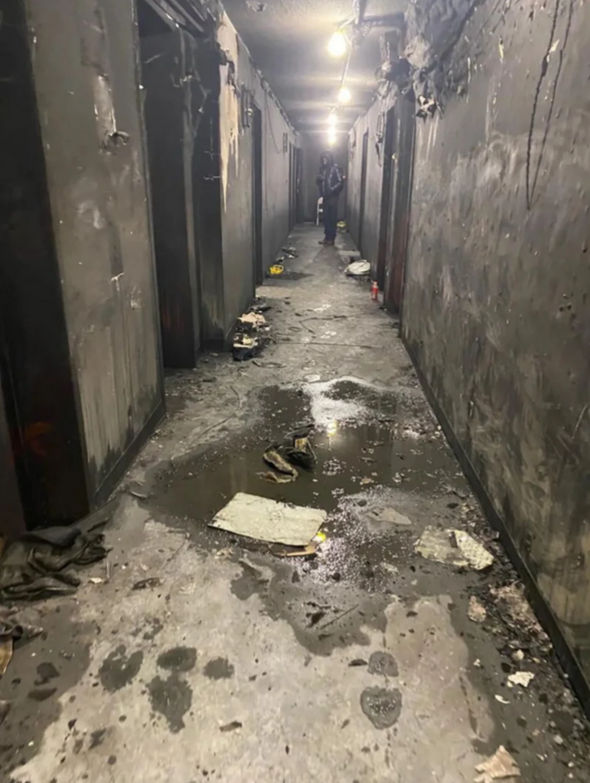
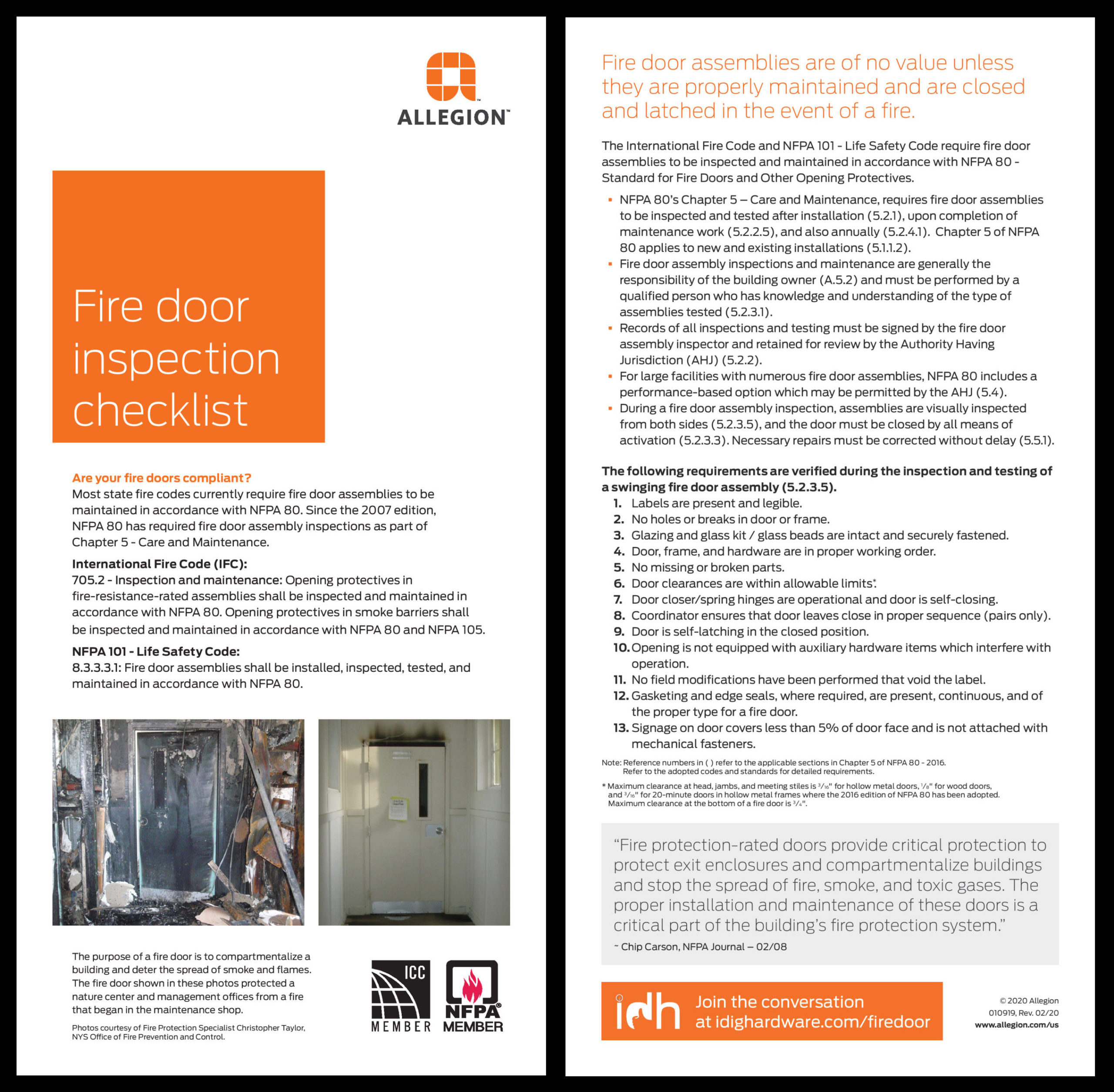
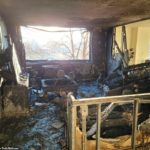


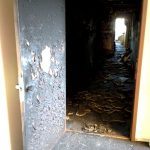


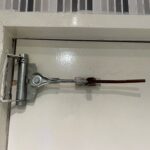


People don’t defeat self-closing self-latching doors for the purpose of rendering them ineffective in case of a fire. They defeat them because the self-closing self-latching mechanisms make the doors less useful the 99.99% of the time when there’s no fire.
The solution isn’t to tell people they should tolerate doors that are inferior for their primary usage, but rather to develop inexpensive ways by which doors can satisfy both requirements.
Perhaps what would help would be a recognition that fire door designs which fail to satisfy users’ needs unless defeated should be regarded as a safety hazard. Hotel-room and apartment doors shouldn’t be built in such a way that would require them to be propped open in order to allow free inflow of guests. Stairwell doors should include windows or adjacent cameras and displays if people on one side would need to be able to see and be seen by people on the other before opening them. Doors that will be used by people who are moving heavy items should be constructed in a way that can be opened from either side, at least when there’s no fire, by people whose hands are full (perhaps by combining a foot pull with an electric strike that would bypass the latch except when a fire alarm sounds).
The fact that someone defeats a fire door shouldn’t always be viewed as be seen as a wrongful action by that person, but more often as a sign that the door has literally failed at its primary purpose.
Hi John –
I don’t disagree with you, and when I was a specwriter I was constantly thinking about how a given door would be used under normal circumstances. Failure to do that will encourage building occupants to prop doors open, tape latches, etc. But apartment and hotel entry doors are particularly tough. As you know, there are products that can be used to hold a fire door open and have it automatically close when the fire alarm is activated, but I would be very surprised to see a building owner spend the money to incorporate those for the residents’ convenience. In addition, some state and local codes require certain security features on dwelling unit entries, and holding the doors open would defeat the purpose.
Spring hinges are often used on residential unit entries instead of door closers because of the lower cost, aesthetics, and the decreased potential for tampering. I much prefer door closers because they control the door rather than slamming it shut, and they close and latch the door more reliably. So how can we make sure the doors close and latch for fire protection and security, while still providing convenience for the resident, at a price tag that a building owner will pay? Delayed action closers, maybe?
– Lori
Now they look like metal doors, in the video
Based on the age of the building, the doors may have been non-labeled hollow metal doors that could have been considered equivalent to a labeled hollow metal fire door. But they would still need to be self-closing and self-latching in order to perform similar to a fire door assembly and to comply with NYC Local Law 111 which requires self-closing doors on apartment entries.
– Lori
Door position switches with monitoring and alarms along with door closers on any fire-rated opening in an occupied residential facility would go a long way. How many DPS-switches and closers can you purchase with 1 billion dollars? Or on the stairways have LCN Sentronic type closers tied into the fire alarm. We never or rarely hear of a door failing from a fire causing mass loss of life, only that the door was propped open illegally that was the culprit.
YES!
– Lori
Hi Lori,
This is the perfect example of “Can’t see the forest for the trees.” When you’re constantly updating and changing standards that really have little impact. Like stamping an “S” on a hollow metal frame label. Or there are conflicts in standards between codes like 3/8″ undercut in NFPA 252 compared to 3/4″ undercut in NFPA 80. Then not taking into account conditions in the real world, such as floors coming out uneven. Then on the flip side, not enforcing any real qualifications for those inspecting fire openings, with easy loop holes to get around. Unfortunately, what’s extremely obvious, self closing/latching, gets skipped over since the system itself is so inefficient that it can’t even stop the most basic infractions. And sadly, preventable tragedies turn into loss of life.
I don’t disagree. 🙁
– Lori